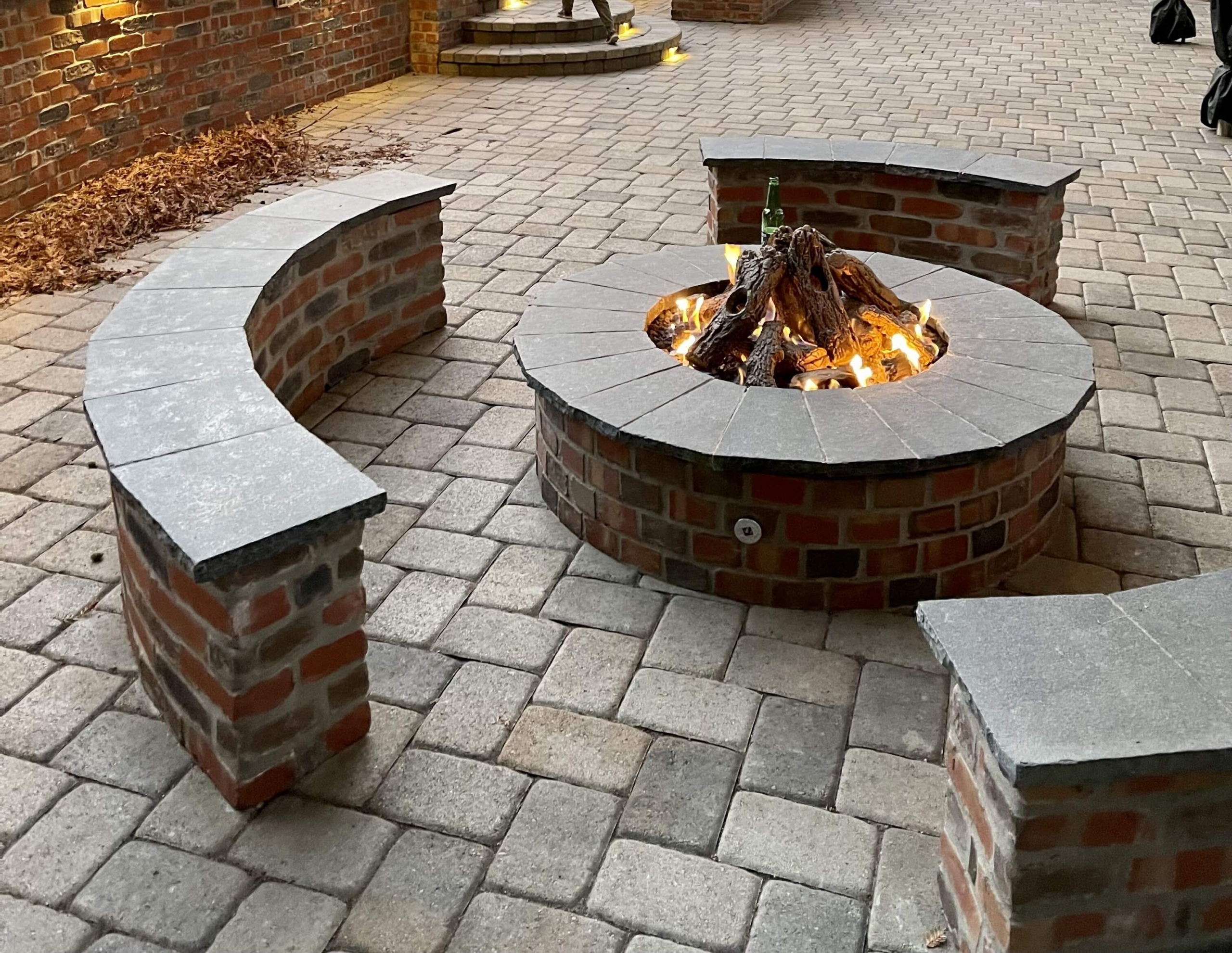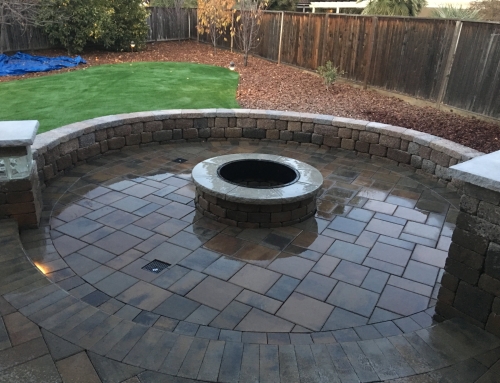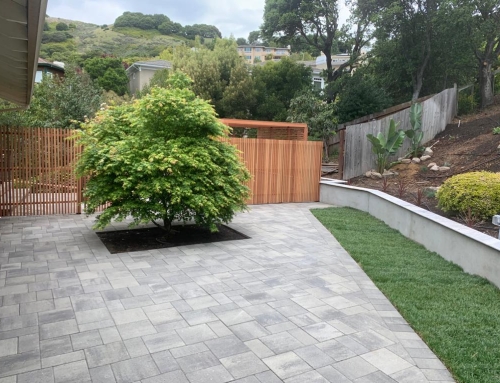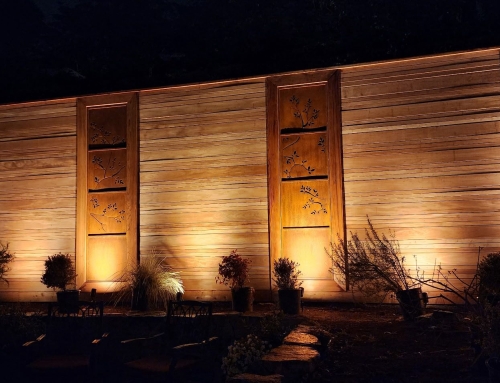Fireplaces are a central feature in many homes, providing warmth, comfort, and a cozy ambiance that is hard to replicate. However, like any home feature, fireplaces come with their own set of challenges and maintenance needs. Understanding these can help you keep your fireplace in great condition for years to come. Whether you’re dealing with a traditional wood-burning fireplace or a modern gas version, knowing common problems and how to maintain your fireplace is essential. This blog will explore the common issues homeowners face with fireplaces, what you need to know about owning one, and how to maintain it effectively.
What is a Common Problem with Fireplaces?
Despite their beauty and functionality, fireplaces can sometimes cause headaches for homeowners. Here are some of the most common issues that fireplace contractors encounter:
1. Smoke Issues: One of the most common problems is smoke not venting properly out of the chimney. This can be due to various reasons, including a blocked chimney, improper damper function, or even the wrong firewood. When smoke fills your home instead of exiting through the chimney, it can create an unpleasant and potentially hazardous environment.
2. Creosote Buildup: Creosote is a highly flammable substance that builds up in your chimney over time, particularly if you burn wood frequently. This buildup can lead to chimney fires if not properly cleaned and maintained. Creosote forms when smoke from a fire cools as it exits the chimney, causing condensation that sticks to the chimney walls.
3. Cracked or Damaged Masonry: Over time, the masonry in and around your fireplace can crack or crumble due to age, moisture, or temperature changes. These cracks can allow water to seep in, causing further damage and even structural issues. Additionally, damaged masonry can lead to smoke escaping into your home.
4. Damper Malfunctions: The damper is a critical component of your fireplace that controls the airflow. If the damper is stuck, broken, or improperly installed, it can lead to inefficient burning, increased smoke, and heat loss. In some cases, a malfunctioning damper might even allow animals or debris to enter your chimney.
5. Gas Fireplace Issues: For those with gas fireplaces, issues can arise with the ignition, gas line, or pilot light. If your gas fireplace isn’t lighting or staying lit, it could be due to a clogged burner, a faulty thermocouple, or problems with the gas line itself.
What You Need to Know About a Fireplace
Owning a fireplace is a delight, but it also comes with responsibilities. Whether you’re a first-time homeowner or looking to upgrade your current fireplace, here are some key things to know:
1. Types of Fireplaces: There are several types of fireplaces, including wood-burning, gas, electric, and ethanol. Each type has its own benefits and maintenance requirements. Wood-burning fireplaces, for instance, offer a traditional aesthetic but require more maintenance, such as regular chimney cleaning. Gas fireplaces are more convenient and easier to maintain but require periodic inspection of gas lines and components.
2. Safety First: Safety should always be a top priority when using a fireplace. Ensure you have a functional smoke detector and carbon monoxide detector installed near your fireplace. Additionally, keeping a fire extinguisher nearby is a smart move in case of emergencies.
3. Professional Inspections: Regular inspections by a fireplace contractor are crucial for ensuring your fireplace remains safe and efficient. An annual inspection can help identify potential problems before they become serious, saving you time, money, and stress in the long run.
4. Proper Ventilation: Proper ventilation is essential to avoid dangerous build-up of carbon monoxide and other harmful gases. Make sure your chimney or vent is free from obstructions and that your damper functions correctly. If you have a gas fireplace, ensure that the venting system is properly installed and maintained.
5. Firewood Choices: For wood-burning fireplaces, the type of wood you use matters. Hardwoods like oak, maple, and hickory are ideal because they burn longer and produce less creosote. Avoid burning softwoods like pine, as they create more creosote and soot, which can lead to more frequent chimney cleanings.
How to Maintain a Fireplace
Maintaining a fireplace is essential to ensure it operates efficiently and safely. Here’s how you can keep your fireplace in top condition:
1. Regular Cleaning: Whether you have a wood-burning or gas fireplace, regular cleaning is necessary. For wood-burning fireplaces, remove ashes after each use to prevent buildup. For gas fireplaces, clean the glass and check the burners for any debris or dust that could affect performance.
2. Chimney Sweeping: Chimney sweeping is a must for wood-burning fireplaces. Over time, soot and creosote can accumulate, leading to potential fire hazards. It’s recommended to have your chimney swept at least once a year by a professional fireplace contractor, especially if you use your fireplace frequently.
3. Inspect and Replace Damaged Parts: Regularly inspect your fireplace for any signs of damage, such as cracks in the masonry, rust on the damper, or wear and tear on gas lines. Replace any damaged parts promptly to prevent further issues.
4. Check the Chimney Cap: The chimney cap is an essential component that keeps rain, debris, and animals out of your chimney. Ensure your chimney cap is in good condition and securely attached. If it’s damaged or missing, have it replaced as soon as possible to prevent costly repairs down the line.
5. Schedule Annual Inspections: As mentioned earlier, scheduling an annual inspection with a fireplace contractor is key to maintaining a safe and functional fireplace. A professional can spot problems that you might not notice, such as small cracks, improper venting, or issues with your gas line.
6. Consider a Chimney Liner: A chimney liner can provide an extra layer of protection against creosote buildup, reduce the risk of chimney fires, and improve the overall efficiency of your fireplace. If your home doesn’t already have a liner, consult with a fireplace contractor to see if it’s a good option for you.
Why Hire a Fireplace Contractor?
Maintaining and repairing a fireplace can be complex, requiring specialized knowledge and tools. A professional fireplace contractor has the expertise to ensure your fireplace is in top condition. They can perform thorough inspections, identify and fix problems, and offer advice on the best maintenance practices. If you live in Piedmont or the surrounding areas, hiring a fireplace contractor in Piedmont ensures that you’re getting local expertise and support.
In conclusion, while fireplaces add charm and warmth to your home, they also require proper care and attention. By understanding common problems, knowing what to look for, and staying on top of maintenance, you can enjoy your fireplace safely and efficiently for years to come. For any fireplace-related concerns or maintenance needs, don’t hesitate to contact a trusted fireplace contractor. If you’re in Piedmont, a local fireplace contractor Piedmont expert can provide the services and peace of mind you need to keep your fireplace in perfect condition.






